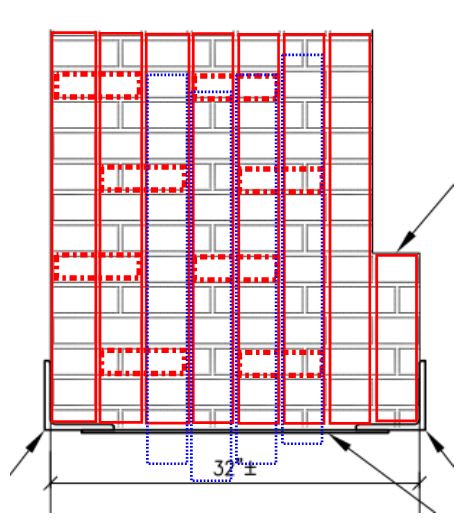Jport
Structural
- Jun 16, 2009
- 6
The owner of a 100+ year old building wants doors and windows added to perimeter multi-wythe brick wall. The brick wall is about 32" wide at the lowest level and loses a wythe at each floor above. In the past on multi-wythe walls of 12-16", I would cut in an angle on both side of the wall and then remove the brick below. I'm thinking of doing the same thing here, but welding a 1/4" plate between the angles once the brick is removed below - see attached.
The large space between angles makes me wonder if there's a better way to do this? Any thoughts?
Thanks.
The large space between angles makes me wonder if there's a better way to do this? Any thoughts?
Thanks.

